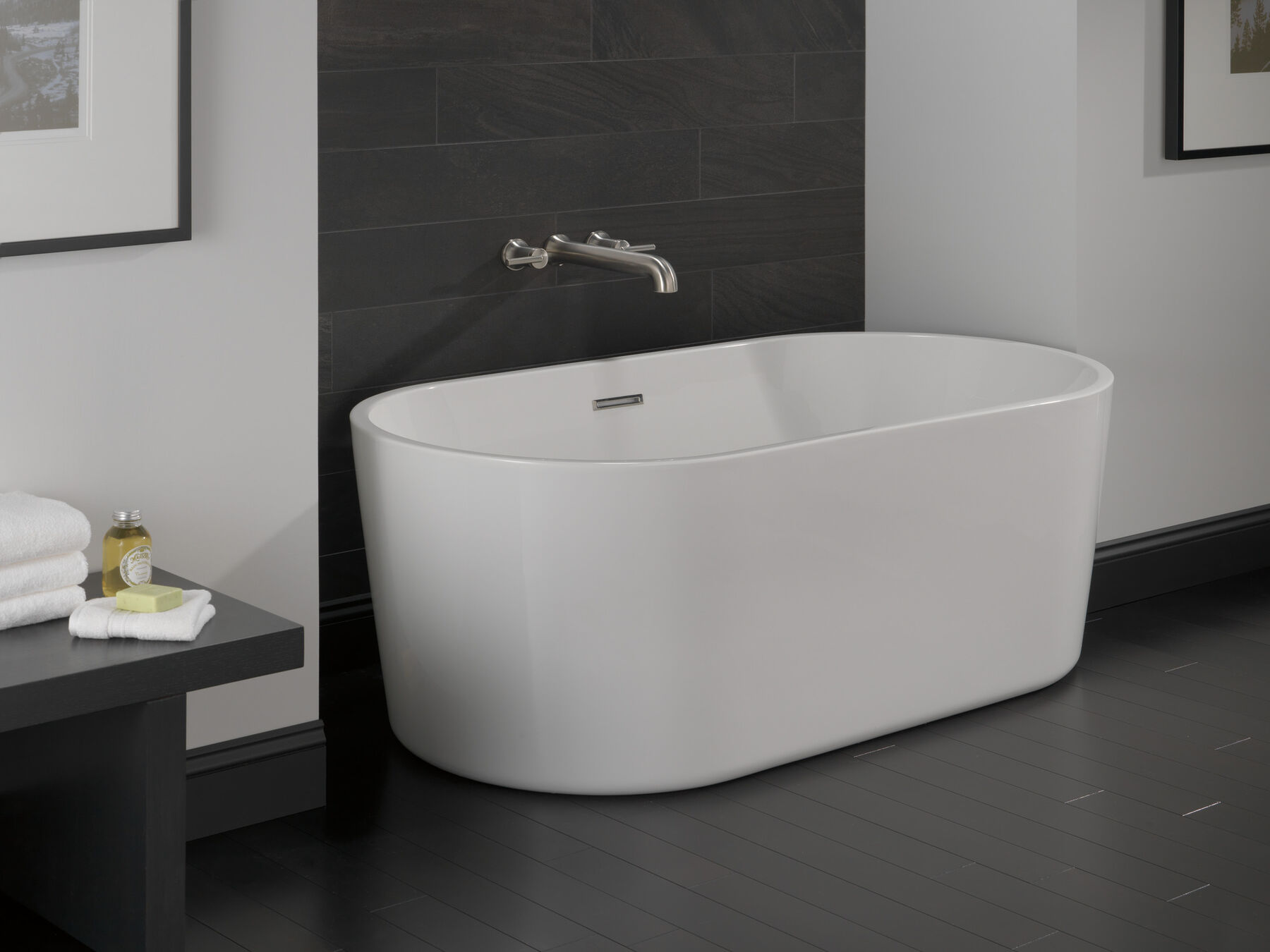
Image Source: Google
Adding a freestanding tub to your bathroom can transform it into a luxurious oasis where you can unwind and relax after a long day. With so many options available on the market, it can be overwhelming to choose the perfect freestanding tub that fits both your style and needs. This ultimate guide will help you navigate through the selection process and find the ideal freestanding tub for your bathroom oasis.
1. Consider the Size and Shape
One of the first things to consider when choosing a freestanding tub is the size and shape that will best fit your bathroom space:
Sizes
- Standard sizes range from 60 to 72 inches in length and 30 to 36 inches in width.
- Consider the dimensions of your bathroom to ensure the tub fits comfortably without overwhelming the space.
Shapes
- Popular shapes include oval, rectangular, and circular.
- Choose a shape that complements the overall design aesthetic of your bathroom.
2. Material Matters
The material of the freestanding tub not only affects its appearance but also its durability and maintenance requirements:
Common materials for freestanding tubs include:
- Acrylic: Lightweight, easy to clean, and retains heat well.
- Cast Iron: Durable, retains heat, but heavy and may require additional support.
- Stone Resin: Luxurious look and feel, excellent heat retention, but can be expensive.
Considerations when choosing a material:
- Budget
- Maintenance requirements
- Desired aesthetic
3. Freestanding Tub Features
Freestanding tubs come with a variety of features that can enhance your bathing experience:
Common features to consider:
- Overflow drains
- Integrated faucets or freestanding tub fillers
- Jets for a spa-like experience
- Ergonomic design for comfort
Choose features based on your preferences and needs:
- If you enjoy long soaks, consider a deeper tub with ergonomic support.
- For a spa-like experience, look for freestanding tubs with jets and integrated features.
4. Style and Design
The style and design of your freestanding tub can make a statement in your bathroom:
Consider the following design elements:
- Modern: Sleek lines, minimalist design
- Traditional: Clawfoot or pedestal tubs for a classic look
- Contemporary: Unique shapes and materials for a bold statement
Match the style of the freestanding tub with the overall design of your bathroom:
- Coordinate with existing fixtures and decor
- Select a color that complements the color scheme of your bathroom
5. Installation Considerations
Before purchasing a freestanding tub, consider the installation requirements:
Installation considerations:
- Plumbing requirements: Floor-mounted or wall-mounted faucets
- Weight: Ensure your bathroom floor can support the weight of the tub
- Space: Sufficient space for installation and maintenance access
Consult with a professional for installation:
- A plumber can assess your plumbing needs and ensure proper installation.
- A contractor can evaluate the structural integrity of your bathroom floor.
6. Budget and Pricing
Freestanding tubs come in a wide range of prices to fit various budgets:
Factors that may affect pricing:
- Material: Stone resin tubs are typically more expensive than acrylic tubs.
- Features: Tubs with additional features like jets or integrated faucets may cost more.
- Brand: Higher-end brands may have a higher price point.
Set a budget and prioritize your needs:
- Determine how much you are willing to spend on a freestanding tub.
- Consider which features are essential for your bathing experience.
With this ultimate guide, you are now equipped with the knowledge to choose the perfect freestanding tub for your bathroom oasis. Take your time to research and explore different options to find a tub that not only meets your practical needs but also enhances the overall aesthetic of your bathroom.